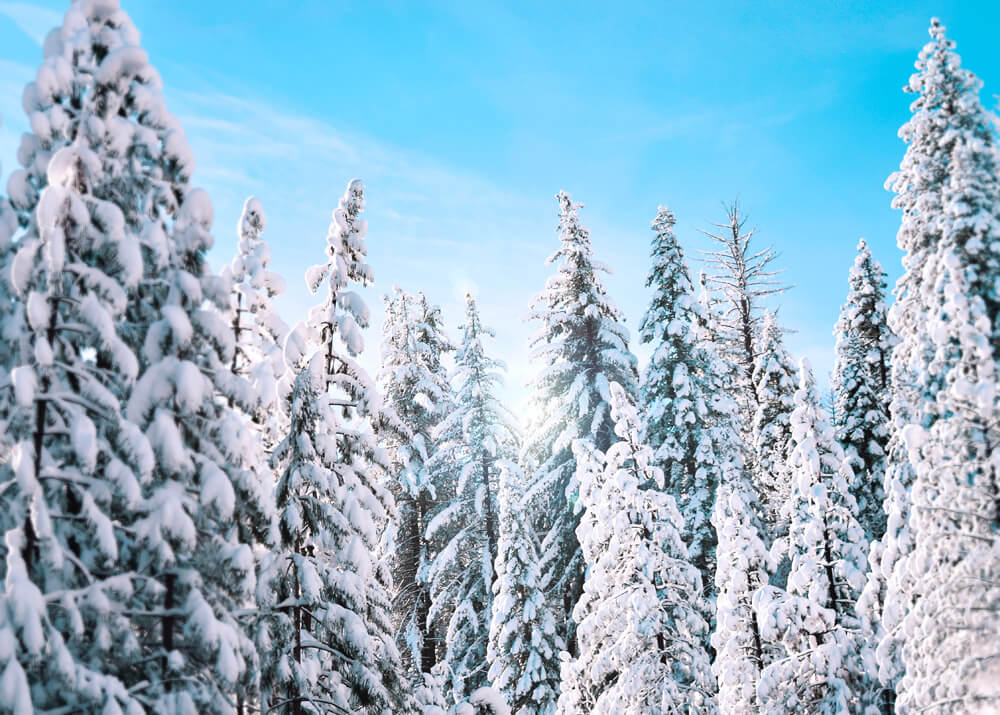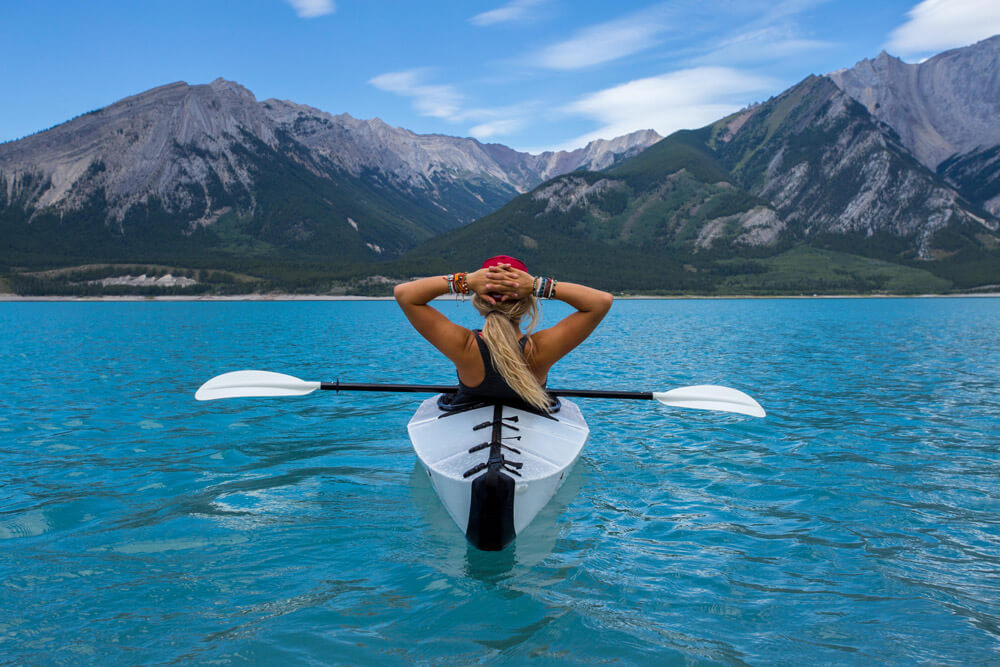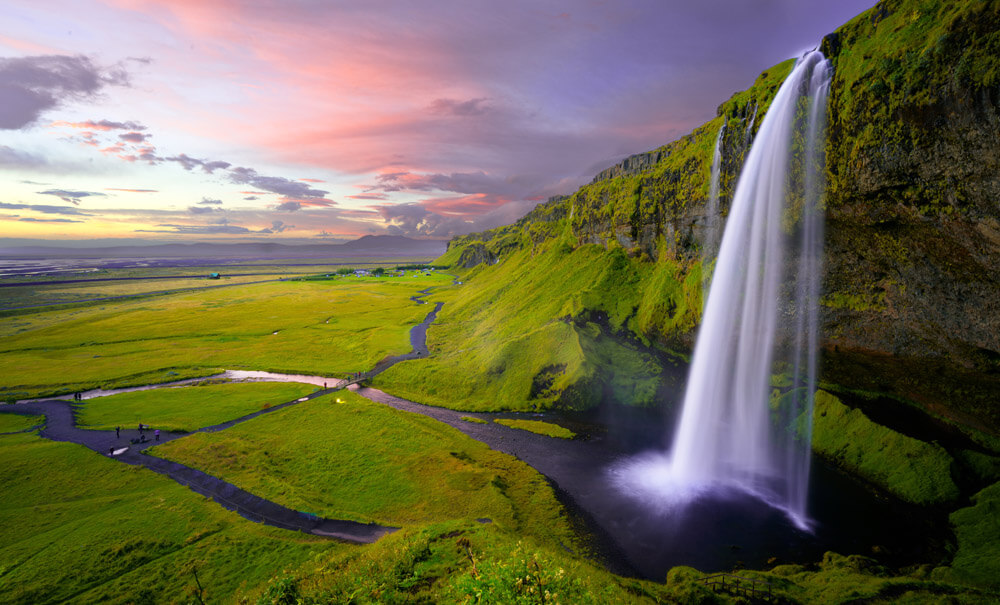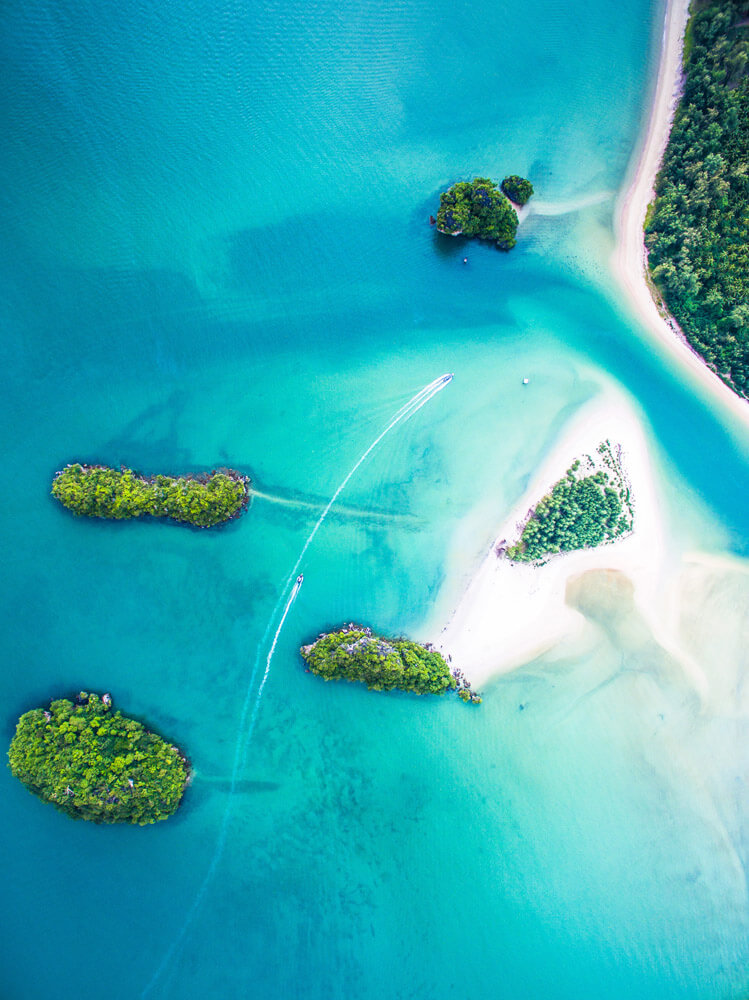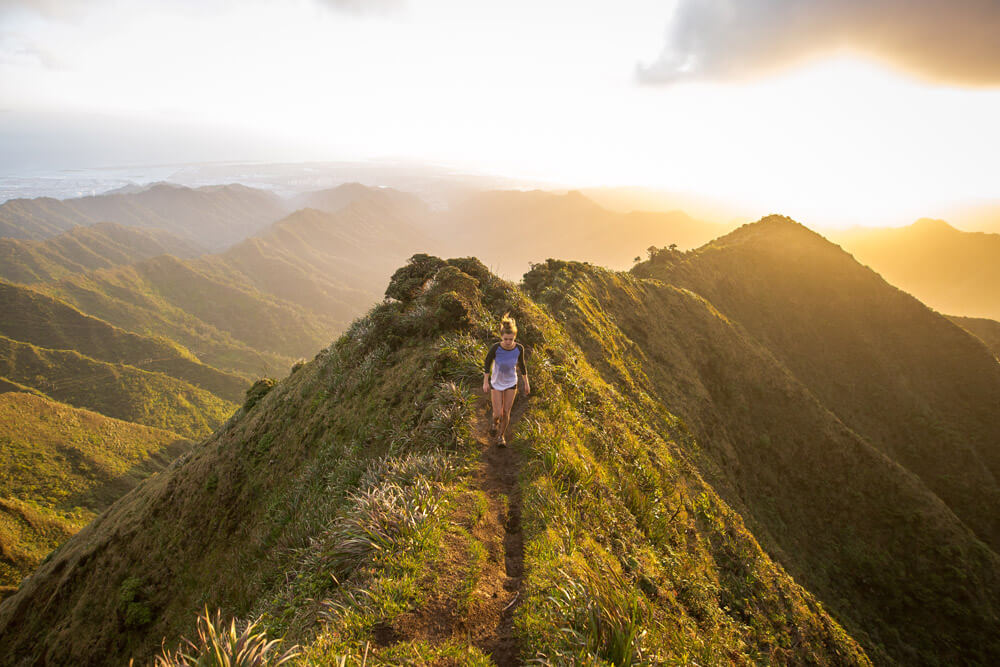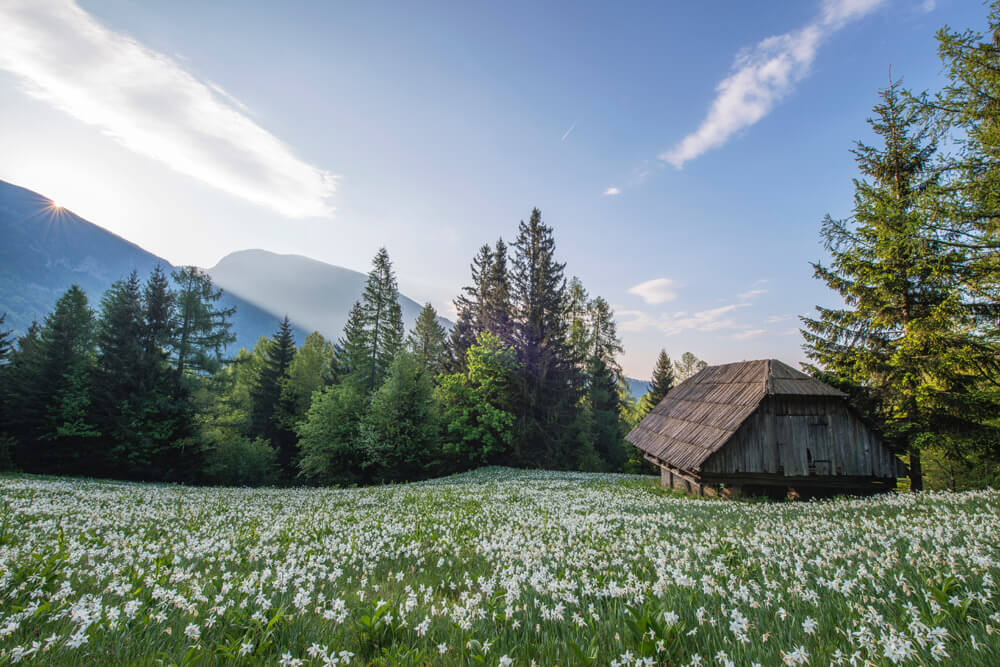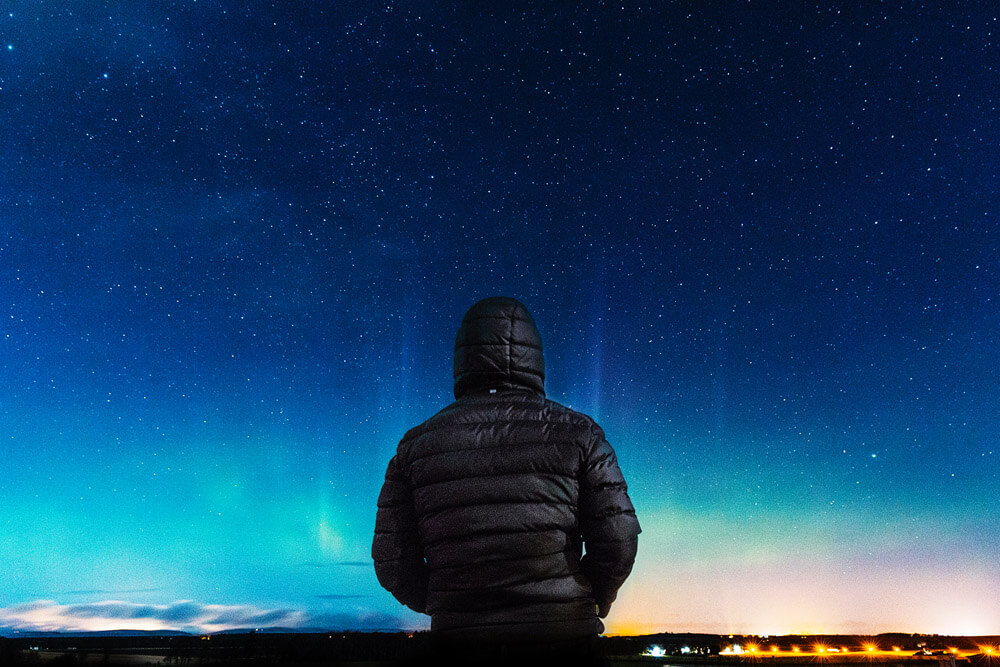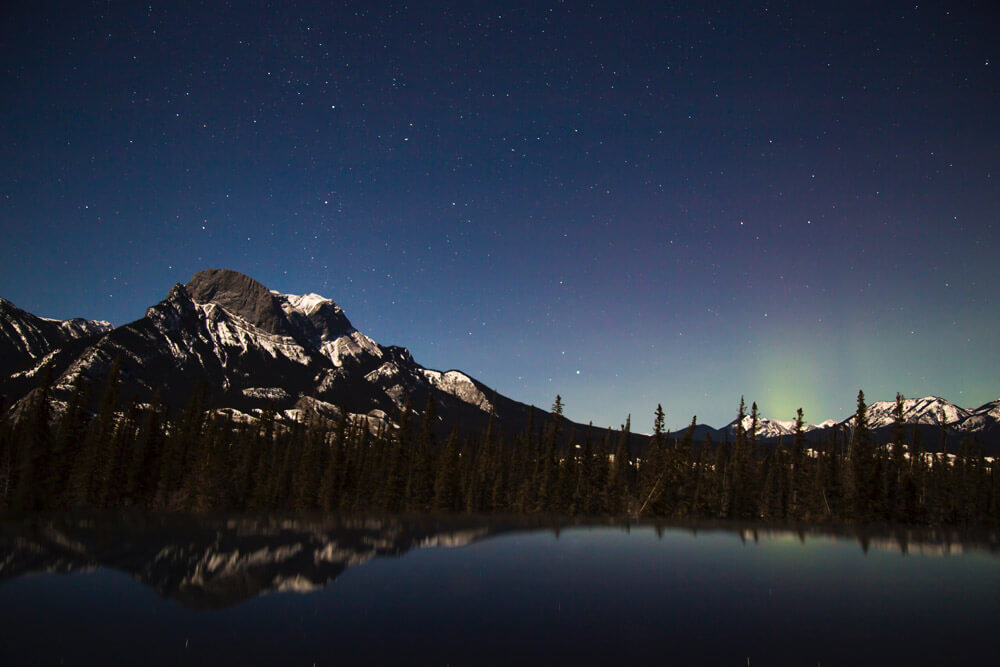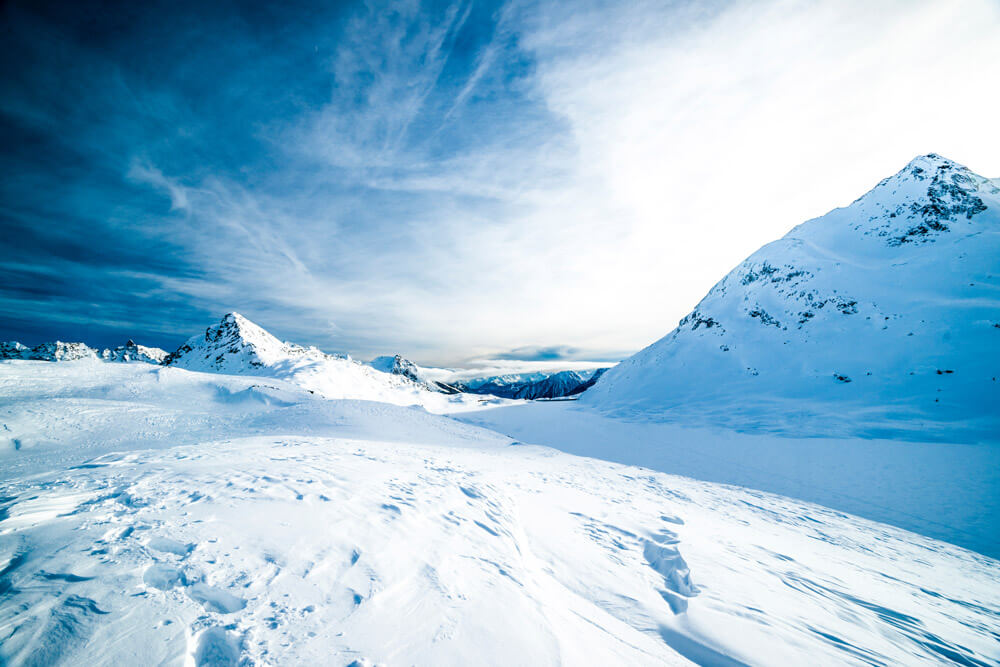Mauritius: The Jewel of the Indian Ocean
Nestled in the warm waters of the Indian Ocean, Mauritius stands as a jewel of unparalleled beauty and cultural diversity. This tiny island nation, located off the southeast coast of the African continent, boasts a rich tapestry of history, stunning landscapes, and a vibrant blend of cultures. From its pristine beaches to its lush, mountainous interior, Mauritius offers a paradise that captivates the senses and leaves an indelible mark on all who visit.
Geography and Climate:
Mauritius is a volcanic island of around 2,040 square kilometres, renowned for its breath-taking scenery. The island is encircled by a coral reef, which protects its azure lagoons, making it an ideal destination for snorkelling and diving enthusiasts. The island’s landscape is characterized by mountain ranges, with the Black River Gorges National Park covering a significant portion of the interior. The climate is tropical, with warm weather year-round, although the southeast trade winds bring cooler weather from May to October. The best time to visit is from April to June and from September to December when the weather is cooler and dry.
History and Culture:
The history of Mauritius is as diverse and colourful as its landscape. Initially discovered by the Arabs, the island remained uninhabited until the 16th century when the Portuguese explored it. The Dutch were the first to attempt colonization in the 17th century, followed by the French and later the British, until it gained independence in 1968. This blend of colonial influences has created a unique cultural identity. The majority of the population is of Indian, African, Chinese, or French descent, making Mauritius a melting pot of cultures, languages, and religions. The official language is English, although French and Mauritian Creole are widely spoken.
Tourist Attractions:
Mauritius offers an array of attractions that cater to a wide range of interests. Port Louis, the capital city, is a bustling metropolis known for its vibrant markets, historic sites, and diverse culinary scene. The Pamplemousses Botanical Garden, located just north of the capital, is a must-visit, featuring an impressive collection of indigenous and exotic plants, including the famous giant water lilies.
For those seeking adventure, the island’s interior is a playground for hikers and nature lovers. The Black River Gorges National Park offers spectacular hiking trails, picturesque waterfalls, and panoramic viewpoints.
Mauritius is also famous for its stunning beaches. From the powdery white sands of Belle Mare to the crystal-clear waters of Blue Bay, there is no shortage of idyllic spots to relax and soak up the sun. Water sports enthusiasts will find plenty to keep them entertained, with opportunities for snorkelling, diving, windsurfing, and kiteboarding.
Cuisine:
Mauritian cuisine is a reflection of the island’s multicultural heritage. Influenced by Indian, Chinese, African, and European flavours, Mauritian dishes are a delightful fusion of spices, aromas, and textures. Street food is particularly popular, with vendors serving up delicious snacks such as dholl puri (a type of flatbread filled with lentils), samosas, and gateaux piments (chili cakes). Seafood features prominently in many dishes, with local specialties including fish vindaye (a spicy fish dish) and octopus curry.
- Conclusion:
Mauritius, with its stunning natural beauty, rich history, and diverse culture, is a destination like no other. Whether you’re seeking adventure, relaxation, or a taste of the island’s unique flavours, Mauritius has something to offer everyone. From its pristine beaches to its lush interior, this tropical paradise is sure to leave a lasting impression. Whether you’re exploring the bustling streets of Port Louis, hiking through the mountains, or simply lazing on the beach, Mauritius is an experience that will stay with you forever.

